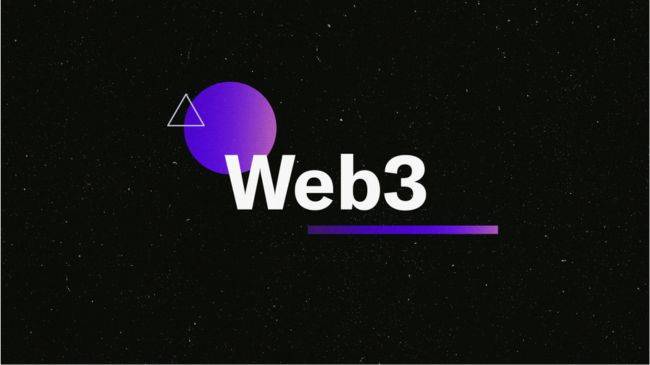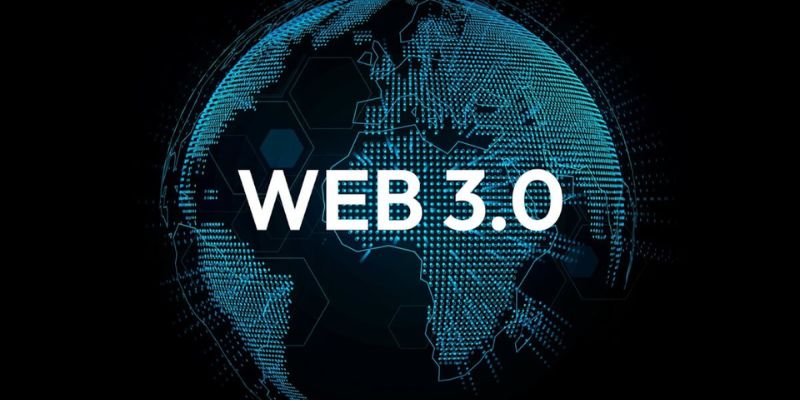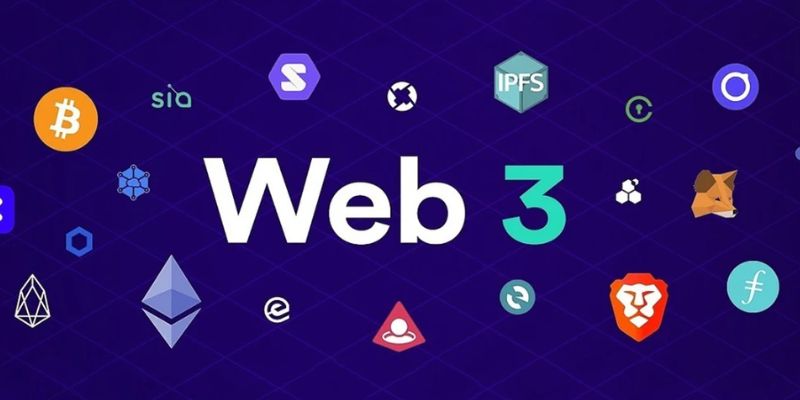Categories: General Information
What Is a Web3 NFT Marketplace? Exploring the Future of Digital Asset Trading
What exactly is a Web3 NFT marketplace, and how does it differ from traditional online marketplaces? In this article, we'll explore the concept of Web3 NFT marketplaces and their potential impact on the future of digital asset trading.
In recent years, Non-Fungible Tokens (NFTs) have become a buzzword in the world of digital assets. These unique digital assets are used for various purposes, including art, gaming, and collectibles. And with the emergence of Web3 NFT marketplaces, NFT trading is becoming more accessible and inclusive than ever before. But what exactly is a Web3 NFT marketplace, and how does it differ from traditional online marketplaces? In this article, we'll explore the concept of Web3 NFT marketplaces and their potential impact on the future of digital asset trading.
Table of Contents
What is the NFT marketplace?
An NFT marketplace is a virtual platform or website that allows users to buy or sell non-fungible tokens using cryptocurrencies such as Bitcoin or Ethereum. Purchasing an NFT provides ownership of a unique piece of digital content, similar to owning a physical artwork. However, it is important to note that the author or artist still retains the copyright to the NFT.
Typically, NFT marketplaces operate on an auction basis, where buyers compete by bidding on NFTs, and the highest bid wins the item. These platforms function similarly to online marketplaces such as eBay, but with a focus on digital art, music, videos, and social media messages.
Although we won't delve into the details of NFTs here, if you want to learn more, The Verge provides an excellent overview. Currently, some of the most popular NFT marketplaces include OpenSea, Rarible, Mintable, and Zora. OpenSea is currently the largest platform in terms of market share, accounting for 97% of the market. However, as the number of NFT marketplaces increases, the market share will likely become more evenly distributed.
In addition to unique digital content, users can also purchase a variety of goods using NFTs. However, the growth of NFT marketplaces may face a "chicken and egg" problem with audience adoption. To address this issue, we have compiled a list of tactics to help overcome this challenge.

What is a web3 marketplace?
What is a web3 marketplace? Let's begin by delving into the definition of web 3.0, also known as internet 3.0, which represents the next stage in the evolution of the worldwide web. Initially, web 1.0, the first version of the internet, aimed to provide content to users without allowing them to share their own. Then, in the mid-2000s, web 2.0 took over, and social media platforms emerged, granting users the ability to generate their own content and share it with others.
Despite the advantages of web 2.0, including communication and user-generated content, it had some significant drawbacks. A handful of large corporations, such as Google, Apple, and Amazon, began to store a vast amount of people's sensitive data, which raised concerns regarding security and privacy. Facebook, which is now known as Meta, is a noteworthy example of this issue, as they allowed Cambridge Analytica to collect personal data without consent from millions of users. Campaigners then used this data to advertise politicians, including Ted Cruz and Donald Trump.
In contrast, web 3.0 is all about providing a personalized experience that improves people's daily lives while also giving them more control over their data. With web 3.0, people will continue to generate content, but privacy and security will not be compromised. This is made possible by incorporating technologies such as artificial intelligence (AI), cloud and edge computing, and the Internet of Things (IoT) into the future of the internet.
In light of these developments, a web3 marketplace is a startup that operates based on the principles of web 3.0, ensuring that people can trade data and information equitably and safely. A prime example of this is an NFT marketplace, which serves as a practical example of web 3.0 in action.

How do the NFT marketplace and web3 marketplace come together?
NFT marketplaces leverage the foundational principle of web 3.0, which is blockchain technology. This revolutionary technology allows for immutable and secure records of information that cannot be altered or hacked into. As such, it provides a dependable and trustworthy means of verifying the ownership of specific NFTs.
In the context of digital art, it is all too easy for unscrupulous individuals to download artwork and claim it as their own. However, with blockchain records, it is possible to ascertain which individuals have exchanged cryptocurrency, such as bitcoin, in exchange for NFT ownership. This provides an unimpeachable digital provenance for each unique piece of art.
The potential applications of blockchain extend far beyond NFT marketplaces, however. It is a versatile technology that can be utilized in any domain where data integrity is paramount. For example, logistics and supply chain management could benefit from the use of blockchain, as it would enable businesses to track their products in real-time, ensuring that they always know the precise location of their items at any given moment.
Architectural Components of Web3 NFT Marketplaces
The components that make up the architecture of Web3 NFT marketplaces include several key elements. The first is a user-friendly web application that enables traders to easily access the NFT marketplace and conduct transactions for buying and selling NFTs. Additionally, a digital wallet is necessary to store the NFTs as well as facilitate crypto payments and exchanges.
To further streamline the process of NFT storage, the Interplanetary File System (IPFS) is used as a distributed data storage system for the blockchain network. This allows users to avoid the energy-intensive process of storing digital assets on the blockchain along with their metadata.
Smart contracts are another important component of Web3 NFT marketplaces. They are used to assign a unique identity to each NFT and ensure that all transactions are executed in a secure and reliable manner. Web3 NFT development services are available to help code smart contracts in a way that is free of errors and vulnerabilities.
Finally, the blockchain or distributed ledger technology plays a critical role in recording all data related to NFT transactions. This provides an immutable and transparent record of ownership and transfer history, which is essential for establishing the authenticity and value of NFTs in the marketplace.

Steps For Web3 NFT Marketplace Development
Developing a Web3 NFT Marketplace involves several crucial steps that must be taken into consideration. The first step is to determine the niche of NFTs that the marketplace will cater to. This decision could be based on a variety of factors such as the creator's interests, target audience, or market demand. For instance, NFTs could be created and sold for gaming assets, music pieces, videos, sports memorabilia, land property, or any other unique digital asset.
The next step is to select a suitable blockchain network for the marketplace. Ethereum is the most commonly used blockchain for NFT marketplaces, but there are other alternatives that offer speed and cost-effectiveness. It is important to consider the pros and cons of each blockchain network before making a final decision.
Once the blockchain network has been chosen, the Web3 NFT development services can create smart contracts for the marketplace. Smart contracts help automate sales and purchase activities without making any errors in calculations and recording transactions. This helps to create a seamless experience for buyers and sellers.
Another crucial step is to focus on designing an attractive and user-friendly marketplace. The marketplace's UX/UI design will determine its attractiveness to potential users. The more aesthetically pleasing and user-friendly the marketplace is, the more likely it is to attract users.
Adding payment methods is another important step that cannot be ignored. Payment gateways need to be created for NFT buyers and sellers, and network fees must be paid. It is crucial to provide safe and secure payment options to ensure trust and credibility in the marketplace.
Implementing security standards is a significant advantage of Web3 NFT Marketplace Development. Mechanisms such as asymmetric data encryption must be employed to ensure data safety and prevent unauthorized access to the marketplace.
Finally, testing and deployment are the last steps in Web3 NFT Marketplace Development. Testing must be done to identify and fix any bugs before deployment. Deployment signifies that the marketplace is now live and ready to be used by potential users. These steps are crucial in ensuring a successful and seamless Web3 NFT Marketplace Development experience.
